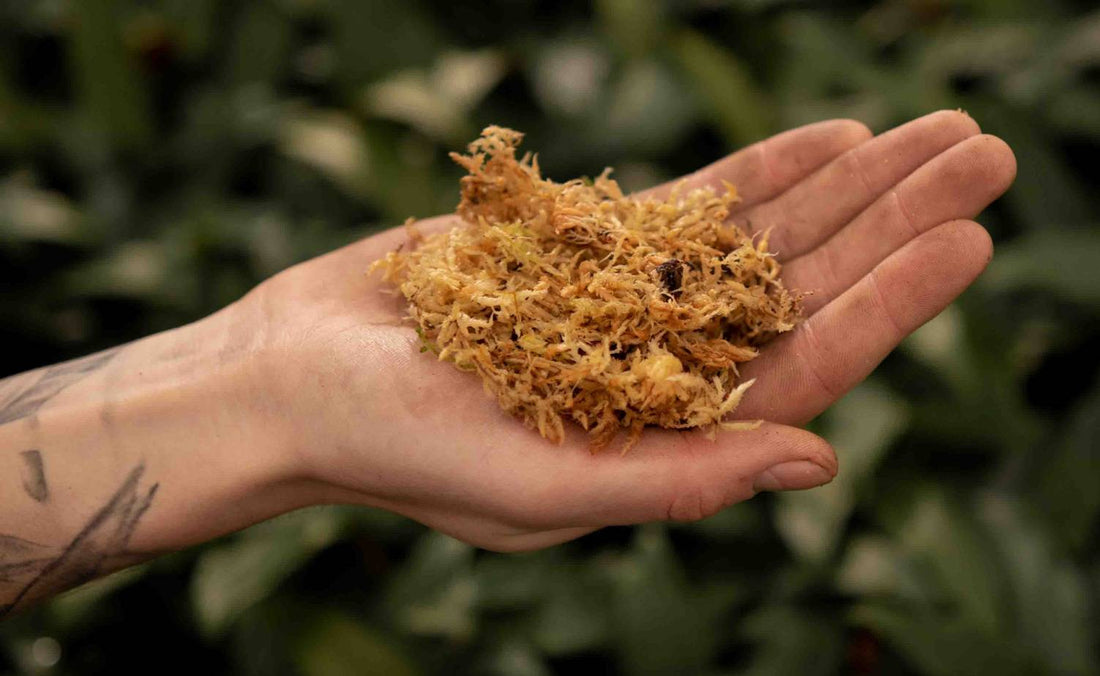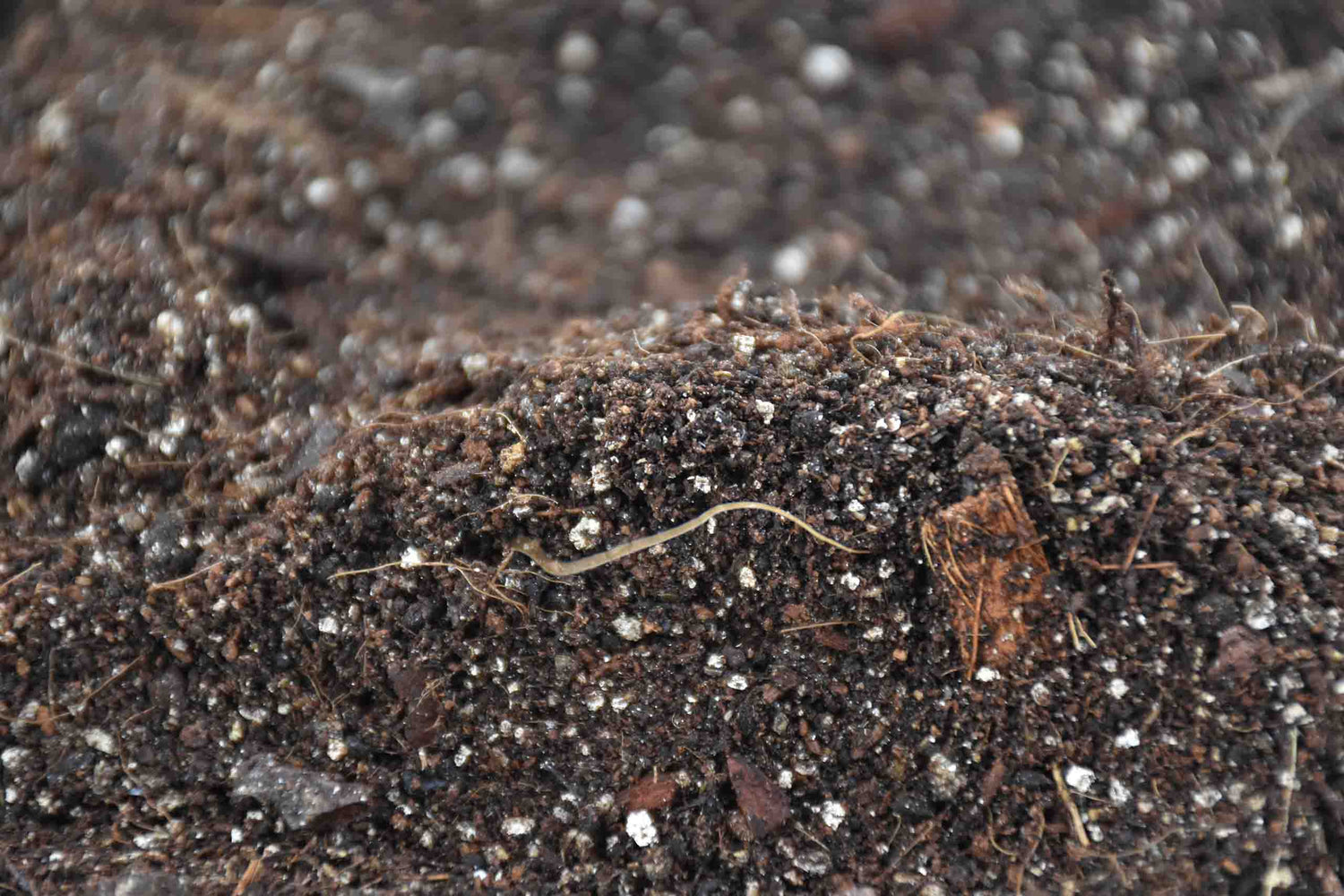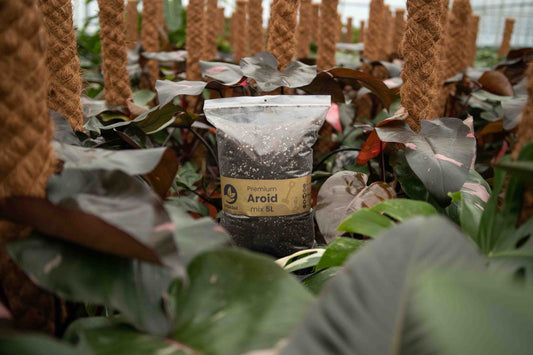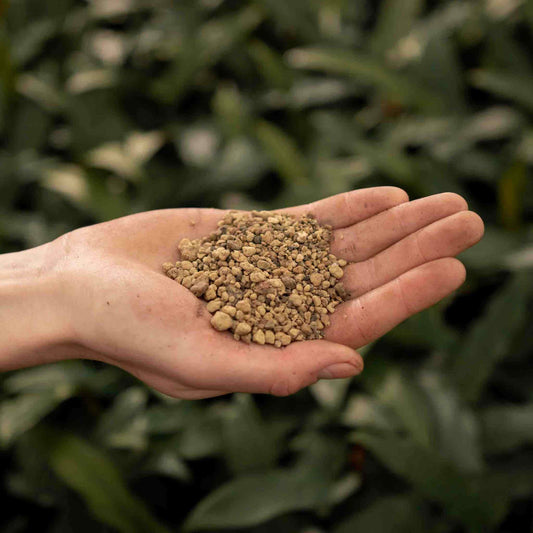Sphagnum moss is an incredibly versatile, natural growing medium loved by houseplant owners and collectors. It's lightweight, highly absorbent, and perfect for propagation and specialty plant care. This detailed FAQ covers everything you need to know about sphagnum moss — so you can use it confidently and help your plants thrive.





